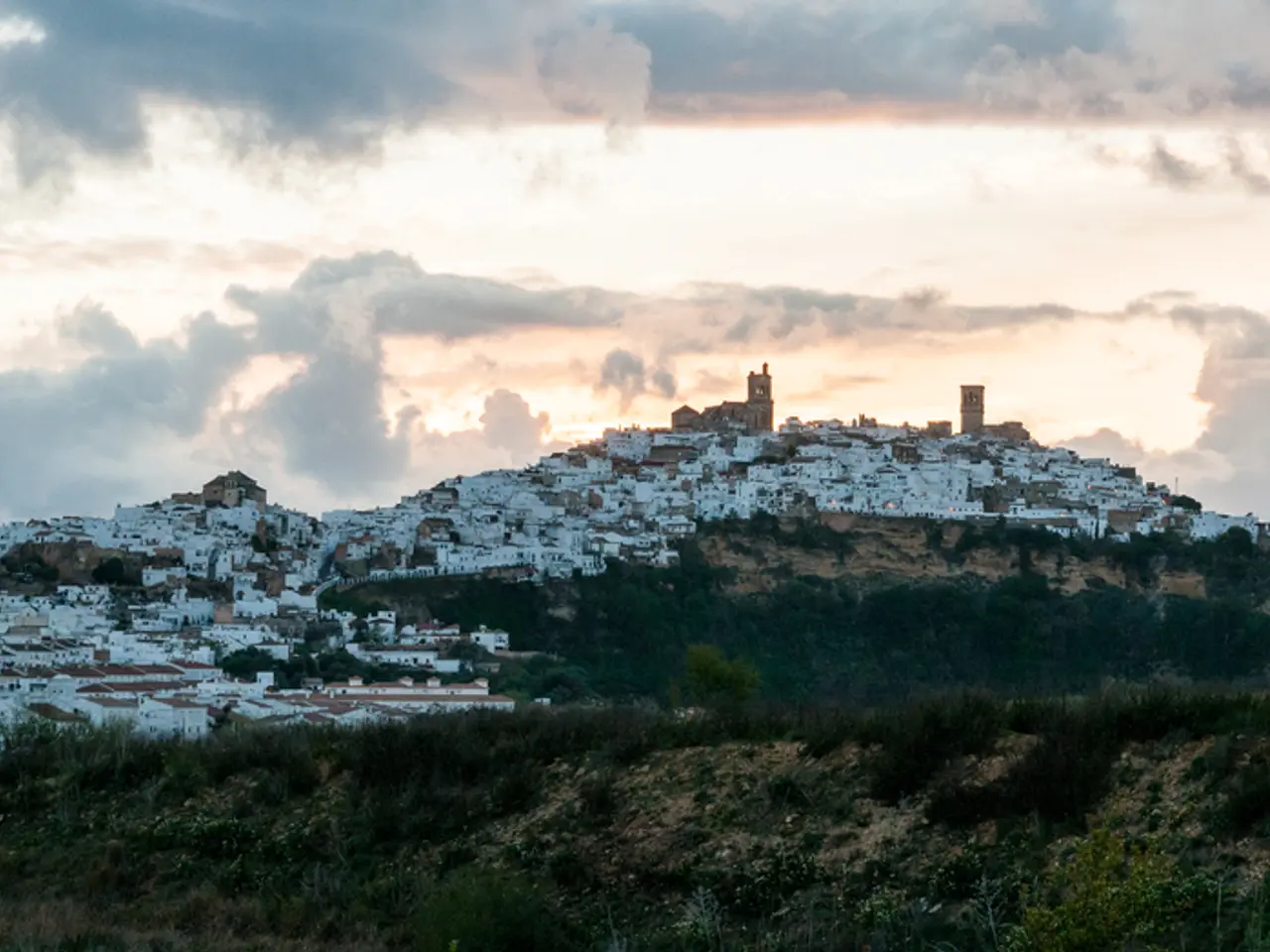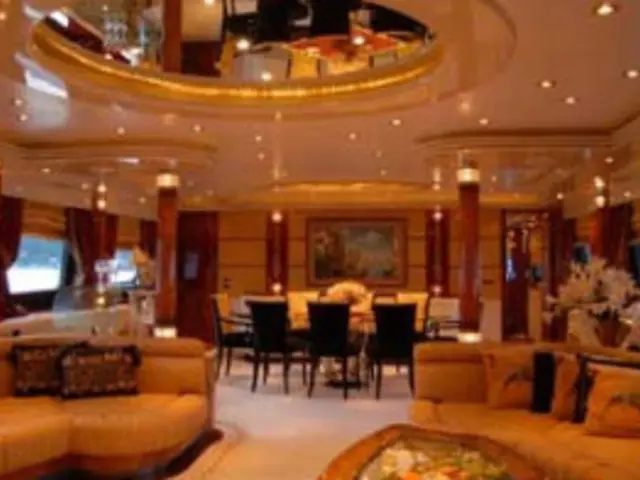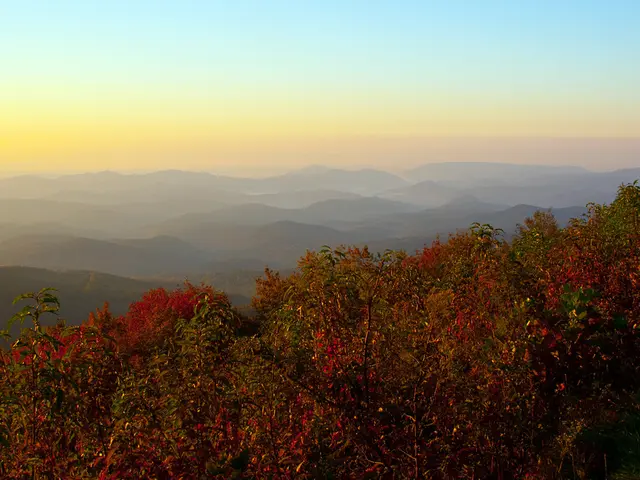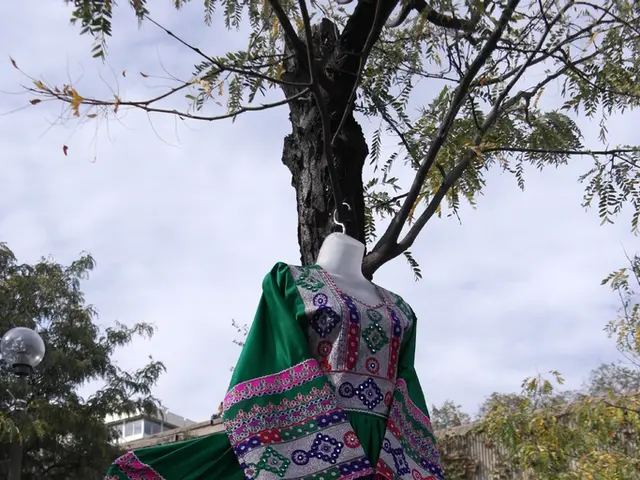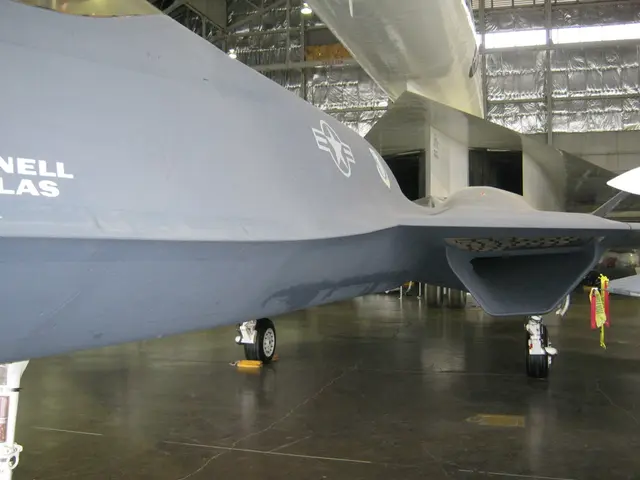The Significance of Machu Picchu: Unveiling Its Importance
Machu Picchu, the awe-inspiring archaeological site nestled in the Andes Mountains of Peru, continues to captivate scholars and visitors alike with its enigmatic origins and abandonment. While the true purpose and reasons for its desertion remain subjects of ongoing debate, several prominent theories attempt to shed light on these mysteries.
One theory posits that Machu Picchu served as a spiritual center and pilgrimage site, given its elevated location above the Urubamba River, offering clear views of the sun, moon, and stars. The presence of ceremonial buildings and its alignment with astronomical events suggest it was a site of religious significance, possibly dedicated to the sun god Inti, whom the Incas worshipped.
Another theory suggests a military function, with the steep, defensible location potentially serving as a lookout or strategic stronghold. However, the fine quality of construction and the inclusion of ceremonial spaces make a purely military purpose less likely, though not impossible.
Many researchers believe Machu Picchu was built as a royal estate for Inca emperor Pachacuti, functioning as a retreat for the elite, away from the colder climate of Cusco. The architecture includes grand residences alongside smaller homes for retainers and ceremonial spaces, supporting this theory.
Additionally, features such as the Sacred Rock and certain architectural alignments suggest Machu Picchu may have been used for astronomical observation and sacred rituals, further reinforcing its spiritual significance.
As for the city's abandonment, if Machu Picchu was indeed a royal estate, it may have been left uninhabited following the death of emperor Pachacuti, as his descendants would have built their own estates elsewhere. This could explain why Machu Picchu was left uninhabited decades before the arrival of the Spanish.
Other theories suggest environmental and social factors, changes in political power, or the relocation of populations may have played a role in the city's desertion, though these are less discussed regarding Machu Picchu specifically in the available sources.
Machu Picchu, despite its mysterious past, is a testament to the Incas' engineering brilliance and sophisticated dry-stone structures. The city's layout and design reflect a harmonious integration with the natural landscape, with the agricultural terraces surrounding Machu Picchu demonstrating the Incan mastery of sustainable farming techniques.
Balancing conservation and accessibility is a delicate challenge for authorities managing Machu Picchu, requiring the implementation of visitor quotas, sustainable infrastructure, and technology to enhance the visitor experience without compromising the site's integrity.
The ongoing exploration of Machu Picchu offers new revelations about the site itself and a deeper comprehension of the broader cultural, social, and technological achievements of the Incan people. The purpose of Machu Picchu remains a subject of scholarly debate, with theories ranging from a royal estate to a spiritual retreat. The city serves as a sacred and ceremonial center, with structures that point towards a multifaceted role, ranging from religious rituals to astronomical observations.
The ongoing quest for understanding Machu Picchu and the Incan civilization involves the use of cutting-edge technologies and interdisciplinary approaches, with the goal of unravelling the mysteries that still cloak this ancient city. The city remained hidden from the Western world until its rediscovery by American historian and explorer Hiram Bingham in 1911.
Ongoing preservation efforts at Machu Picchu include monitoring, restoration projects, and educational initiatives to raise awareness about responsible tourism and the need to safeguard the site. The Inti Watana, a ritual stone associated with solar observations, is a testament to the Incan's understanding of celestial movements and their integration into the city's architecture.
The continuous research at Machu Picchu contributes to a broader understanding of the Incan civilization by enabling comparative studies with other Incan sites and interdisciplinary approaches. Recent excavations at Machu Picchu have uncovered artefacts, tools, and ceremonial objects that shed light on the city's functions and rituals.
Machu Picchu, an ancient city built by the Incan civilization in the 15th century, continues to captivate the world with its enduring allure and the enigmatic secrets it holds. The city's mysteries, coupled with its architectural mastery, make it a must-visit destination for anyone seeking to delve into the rich history of the Incan civilization.
Traveling to Machu Picchu stirs a sense of curiosity, as visitors immerse themselves in the secrets of this ancient city. Amidst theories about its purpose, one might find oneself wandering through ceremonial spaces, contemplating Machu Picchu's role as both a spiritual retreat and a royal estate for the Incas.
